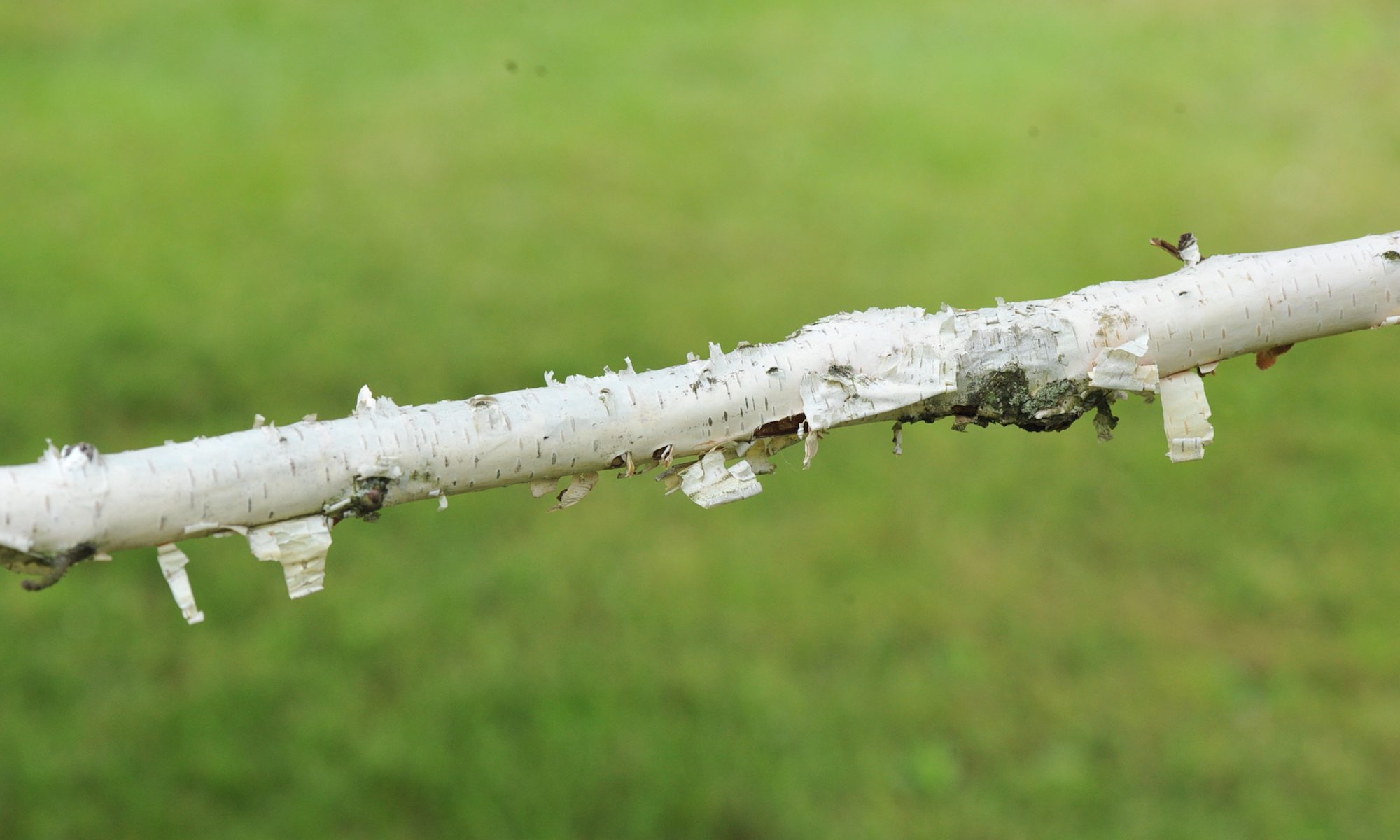Approaching a huge animal often fills us with awe, wonder, and quite a lot of fear. We seem so fragile and at their mercy when close to their powerful muscles, limbs and movements. Trees can be infinitely more towering than any animal still walking this earth. But due to their stillness and vast lifespan, we barely notice their growth and movements, and get really close to them without hesitation.
The bigger trees become, the more they seem to invite us to take a closer look, touch their rough bark and appreciate the subtle pulse of life running upward inside these fabulous beings. Such encounters often start lifelong relationships, and there is nothing like befriending a tree. With them we share some of the most significant events of our lives — a favorite book, a marriage proposal, an afternoon of pondering over a difficult matter. At these moments trees may shelter us from the noise of civilization, protect us from the blazing sun or sooth us with the flutter of leaves on a windy day.
It is scientifically proven that trees improve our well-being. Some studies, for instance, have shown that patients who can enjoy the view of trees out their windows have fewer health complications and heal faster than patients with no trees in sight.
But these colossal beings are responsible for much more. They provide us with the most basic necessities for our survival — oxygen, food and shelter. In one year, an acre of mature trees provides enough oxygen for 18 people, according to the nonprofit TreePeople. An apple tree can yield up to 20 bushels of fruit in a year, even when planted on the tiniest urban lot. We are not the only ones who depend so dearly on trees. Bears, bees, birds and all sorts of wildlife necessary to keep our forests healthy also need trees to survive.
We build our homes and furniture with the wood from trees, and burn it to keep us warm and dry. We use trees to concoct medicines, teas, syrups and to produce musical instruments.
Trees preserve the health of our cities and towns by cleaning polluted air, preventing erosion and water evaporation. They also remove excess carbon dioxide (CO2) that builds up in our atmosphere and contributes to climate change. Trees absorb, store and break up CO2, releasing the oxygen back into the air. In a year, an acre of mature trees can absorb the carbon dioxide produced by a car driven 26,000 miles.
Have you noticed during a summer ride that the temperatures in Lincoln are generally 5°F lower than in the city of Boston? That is no coincidence. Trees are able to cool entire cities, their streets and the build-up of heat from exposed asphalt and buildings by up to 10°F. They shade pathways and houses, decreasing energy demand. Trees also release water vapor into the air through their leaves, slow the runoff of rainwater and keep it in the ground, prevent soil erosion, and are key to a clean and ample water supply.
We cannot live without trees. And due to the alarming effect of development on our environment, many of them depend on us to survive. In America, we have a tradition of clearing enormous areas of trees. Let’s look up and thank them instead. Let’s protect our trees, think twice before taking them down and work to preserve them.

